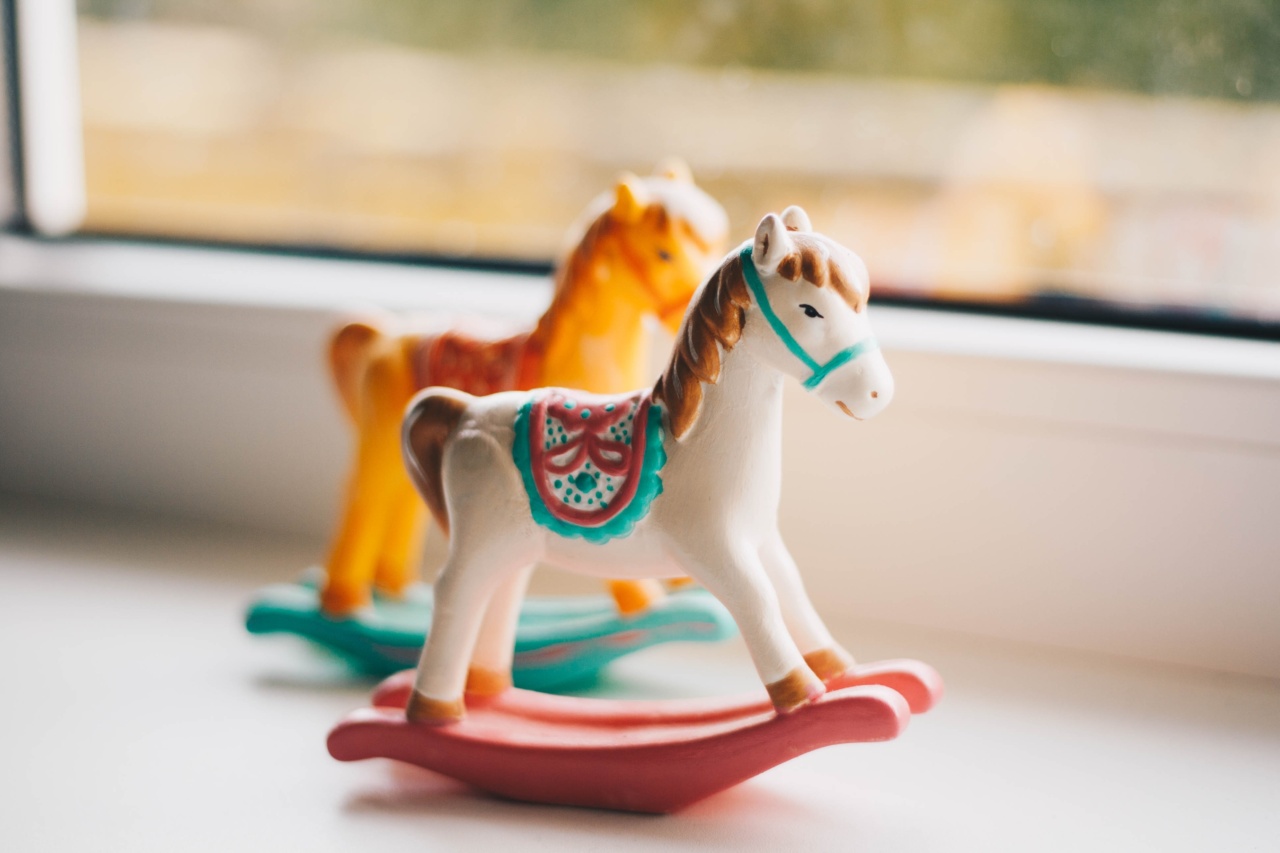As the world becomes more and more busy and fast-paced, it feels like we have less and less time for ourselves. Between work, school, family commitments, and social obligations, it’s easy to feel like we don’t have any free time at all.
But how much free time do we really have?.
The rise of the 24/7 culture
One of the factors that has contributed to the feeling of busyness and lack of free time is the rise of the 24/7 culture. More and more, we are expected to be available and responsive at all hours of the day and night.
Emails and texts come in at all times, and many people feel the need to respond right away in order to stay on top of things.
This constant connectivity can be exhausting and make it feel like we never have a moment to ourselves. Additionally, it can be difficult to disengage from work or other obligations when they are always there, just a tap or click away.
The impact of technology
Of course, the rise of the 24/7 culture is largely due to the impact of technology. Smartphones, laptops, and other devices have made it possible to stay connected no matter where we are.
While this can be incredibly convenient and helpful, it can also blur the line between work and personal time.
Additionally, technology can be a major time suck. Social media, online shopping, and other distractions can easily eat away at our free time, leaving us feeling like we never have a moment to ourselves.
The importance of leisure time
Despite the busyness of modern life, it’s important to make time for leisure activities. Leisure time has been linked to a variety of benefits, including lower stress levels, better physical health, and improved mental health.
However, many people feel like they don’t have the time or energy for leisure activities, or they don’t prioritize them over work or other obligations. This can leave them feeling drained and burned out.
How much free time do we really have?
So, how much free time do we really have? It varies from person to person, of course, but studies have attempted to quantify it.
According to the Bureau of Labor Statistics, the average American adult has 4 hours and 26 minutes of leisure time per day. This includes activities like watching TV, socializing, and engaging in hobbies.
However, it’s important to note that not all leisure time is created equal. Some activities may be more restorative or enjoyable than others.
For example, watching TV for 4 hours straight may not provide the same benefits as going for a walk or spending time with loved ones.
Maximizing your free time
Whether you feel like you have a lot of free time or very little, it’s important to make the most of the time you have. Here are some strategies for maximizing your free time:.
1. Set boundaries with technology.
Try to disconnect from work and other obligations during your free time. Consider setting specific times when you will check your email or respond to messages.
2. Prioritize activities that bring you joy.
Make sure to schedule time for leisure activities that you truly enjoy. This could be anything from reading to hiking to playing a musical instrument.
3. Plan ahead.
Using your free time effectively often requires planning ahead. Make a list of activities you would like to do and schedule them into your calendar.
4. Learn to say no.
If you feel like you don’t have enough free time, it may be because you are overcommitted. Learning to say no to requests for your time and energy can help you create more space for the things that matter most to you.
Conclusion
While it can sometimes feel like we have no free time at all, studies have shown that the average American adult has over 4 hours of leisure time per day.
However, it’s important to make the most of this time by prioritizing activities that bring us joy and disconnecting from work and other obligations.






























